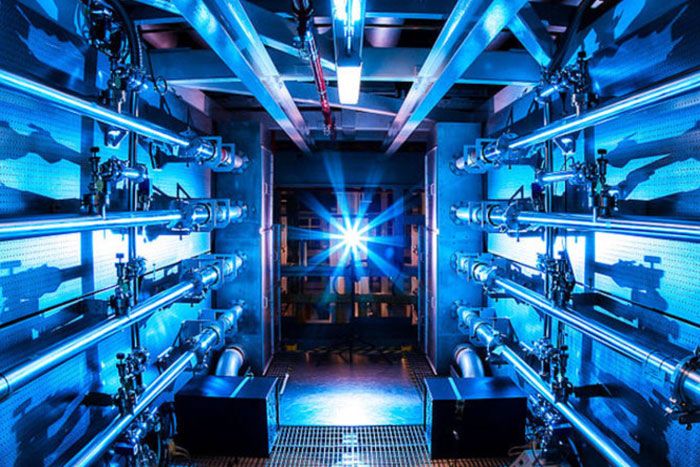
A new report from tech giant Samsung proposes that a fleet of roughly 4,600 micro-satellites orbiting Earth could solve our impending data crisis.
Predicting that by 2028, 5 billion Internet users around the world will be collectively chewing through at least 1 zettabyte per month — to put that in perspective, 1 zettabyte is 1,000 exabytes, 1 exabyte is 1,000 petabytes, and 1 petabyte is 1,000 terabytes — the report says we’re going to have to think seriously about how we can deliver that. A constellation of tiny Internet-beaming satellites could be a viable option, it says, and Samsung could be the one to build it.
The report, entitled Mobile Internet from the Heavens, describes an Internet satellite system that will avoid the latency issues of current communications satellites by being positioned much closer to Earth. “Most modern communications satellites live in geostationary orbit, roughly 35,000 kilometres above the surface, and this imposes a hard limit on speed due to travel time for the data transmissions,” Graham Templeton writes for ExtremeTech. “Samsung wants to position its constellation in Low Earth Orbit (LEO) and thus reduce this delay.”
Read more





 Long time ago I was wondering why not to use drones (
Long time ago I was wondering why not to use drones (









